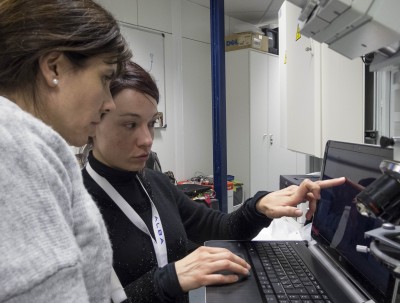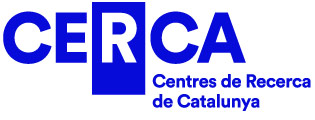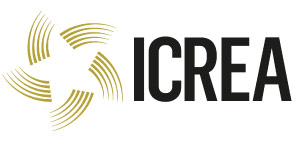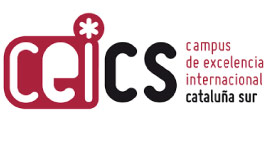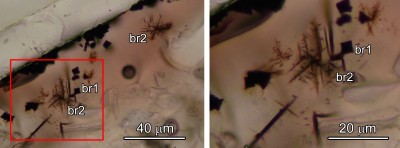
Dr Roberta Di Febo, a member of the ICAC’s Archaeometric Studies Unit, defended her second PhD, awarded with the distinction of international doctorate, at the University of Vic – Central University of Catalonia (UVIC) last Monday, October 21th obtaining an excellent mark.
Her research, Identification of microcrystalline phases in Lead Glazes of ceramics from 17th-19th centuries: archaeometric implications, introduces a new methodological approach which leads to developing a new experimental protocol to study crystalline microstructures embedded in pottery glazes, where the thin section (commonly used for observations using the petrographic microscope) plays a central role.
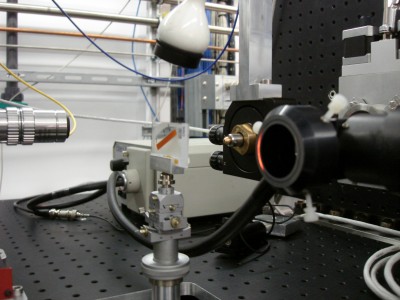
In this new approach, the different microanalytic techniques used besides the optical microscope (electronic scanning microscopy, electronic microprobe, micro-Raman spectroscopy and synchrotron radiation X-ray microdiffraction) have been adapted to measure samples in form of the thin section.
In that way, the different measurements are always performed on the same point and optical observations can be readily correlated with the compositional and structural data obtained from all the other analytical techniques. This provides a solid framework for correct mineralogical identification of the microcrystalline inclusions that appear in the glazes.
An important part of the sample study and analysis took place in the ALBA Synchrotron, a 3rd generation Synchrotron Light facility located in Cerdanyola del Vallès, (Barcelona), being the newest source in the Mediterranean area. It is a complex of electron accelerators to produce synchrotron light, which allows the visualization of the atomic structure of matter as well as the study of its properties.
From a historical view, the identification of the crystals found inside the glazes is intended to provide data on the technological processes used in their manufacture, both on the raw materials used and the firing conditions.
These data are very useful to determine the provenance of the samples and to investigate if they are high-quality products imported to consumption localities or imitations of lower quality produced locally. Therefore, microcrystals can act as technological markers and so inform us about the ceramic technologies, knowledge and technical skills of craftsmen, the awareness of the physical behaviour of raw materials and knowledge transfer between cultures and regions.

Specifically, this thesis considered ceramics with brown decorations of iron and manganese, with particular attention to ceramics of the type à taches noires from the Provençal site of Jouques and common ware from the archaeological works made in the historical building “Casa de Convalescència” in Vic (Barcelona).
Roberta Di Febo carried out this thesis project, Identification of microcrystalline phases in Lead Glazes of ceramics from 17th-19th centuries: archaeometric implications, within the doctoral program in Experimental Sciences and Technology of the University of Vic, in the Engineering Department, under the direction of Dr Judit Molera (UVIC) and Dr Trinitat Pradell (UPC).
